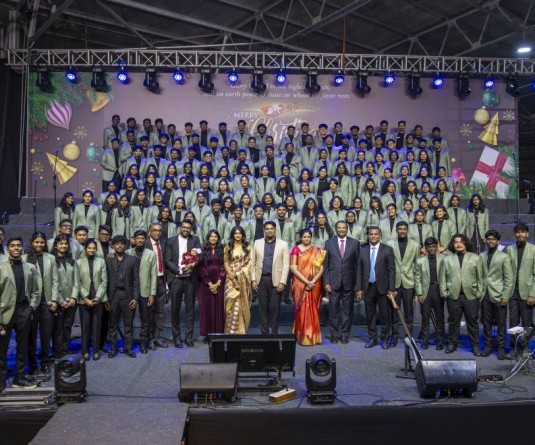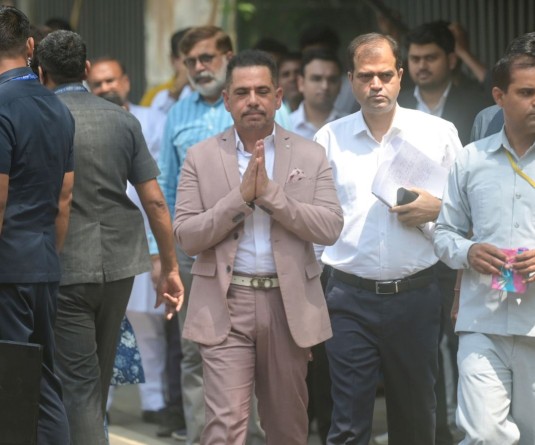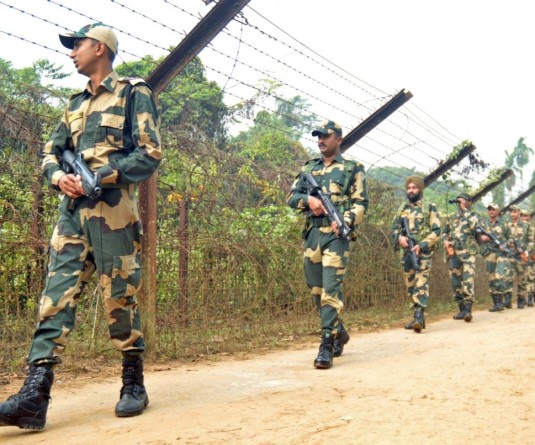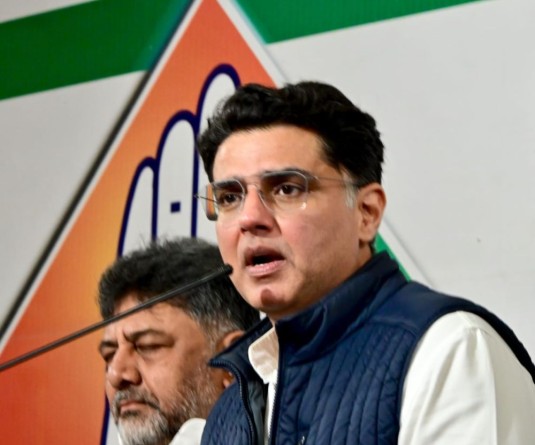
New Delhi, December 17 (IANS): Contrary to the impression of pristine blue skies and clean air that people usually have about the country's northeastern region, a new analysis by the Centre for Science and Environment (CSE) has shown that the problem of air pollution is growing steadily in the states of that region.
"In winter, air quality of cities like Guwahati can be almost as bad as what we see in the National Capital Region (NCR) and cities of Uttar Pradesh. Pollution is also high in smaller cities like Agartala and Kohima," said Avikal Somvanshi, programme manager, Urban Lab, CSE.
This is based on an assessment of annual and seasonal trends in PM2.5 concentration for the period January 1, 2019 to December 7, 2021. This analysis is based on the real-time data available from currently functioning air quality monitoring stations in the northeast. A huge volume of data points have been cleaned and data gaps have been addressed based on the USEPA (United States Environmental Protection Agency) method, the CSE said in a statement.
This analysis covers seven continuous ambient air quality monitoring stations (CAAQMS) spread across six cities in an equal number of states -- two stations in Guwahati (Assam) and one station each in Shillong (Meghalaya), Agartala (Tripura), Kohima (Nagaland), Aizwal (Mizoram) and Naharlagun (Arunachal Pradesh). There is no real-time monitoring in Manipur and Sikkim, which is why the analysis is unable to cover these states.
"The current obsession with high pollution concentration in the Indo-Gangetic Plain and in overall northern India overshadows and sidelines the early signs of the crisis in our northeastern states in the national discourse on air pollution and public health. Weak and inadequate air quality monitoring and paucity of data do not allow proper assessment of the risk. But even the limited evidence shows several cities -- especially the state capitals -- are already vulnerable to poor air quality and winter smog," said CSE's executive director, research and advocacy, Anumita Roychowdhury.
The CSE analysed the urban air quality status in Assam, Meghalaya, Tripura, Nagaland, Mizoram, and Arunachal Pradesh as part of the air quality tracker initiative of the Urban Data Analytics Lab of CSE.
The objective of this new analysis is to understand the magnitude and trend in winter pollution in major cities of the region, which have recently started real-time air quality monitoring.
Even from the states covered, the data is limited. Guwahati and Shillong have data available for over two years. Real-time monitors in Agartala, Kohima and Aizwal became operational only near the end of 2020, which limits the possibility of doing long-term trend analysis for these cities. Naharlagun got its real-time monitor in March 2021. Due to excessive amount of missing data from this station, any meaningful analysis is not possible.
Guwahati has the most polluted air in northeastern India: Average PM2.5 levels in 2021 (up till November 30) has already surpassed the 2019 annual average in Guwahati. The city's 2020 annual average was also higher than its 2019 average, which indicates continuous worsening of air in the city.
Shillong is the only other city in the region that has a station generating data for over two years, but due to poor data availability its annual averages cannot be considered credible. Nevertheless, the city's average is considerably below the annual standard.
High pollution episodes are common during winters despite low annual levels: Except Guwahati, rest of the cities in the states in northeast have low annual PM2.5 levels; but during winters, episodes of high pollution are common, the CSE statement said.
Disclaimer: This story is auto-generated from news agency feeds and has not been edited by The Morung Express.
Source: IANS






